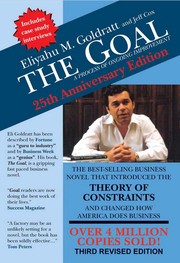Intentionally losing things and the curse of backlogs
Use it or lose it
I’ve started to use more systems where “losing things is a feature not a bug”. For example, I take almost all of my notes in Obsidian. Because the notes are all in one system they are findable again if they are important. They’ll tend to surface themselves when I write about related topics as I often start by searching for the note I have a vague memory of making (real or not). Critically though, I can write things down to get them out of my mind and not worry about them. I wasn’t going to take any real action today and I may never take any real action and that is OK!
Using Archive and not Delete in email gets to the same place. Archive lets me safely lose email when there is no defined next step. Search is really good these days and the future being created by LLMs and other AI projects promise to make it better. Besides, at least for email, if it was important someone will bring it up in a conversation, reply to the thread, or forward it to you again to helpfully “bump it to the top of your Inbox.”
Getting comfortable with losing things is difficult. As we grow though we are given two super powers for this quest. First, we naturally start losing some things and having to develop systems to be intentional about not losing them. My keys go to the same place every day (period). If my keys aren’t there, they may as well be on the mooon.
Second, we learn that the senior folks in our organizations aren’t amazing folks who never lose things. What they are, are amazing folks who have learned what, like my keys, must not be lost, and what can be allowed to be set “free.” No one ever shames them for not having a specific email at hand or having to dig up an old unpublished draft. Those are just not the critical components of success. If you can find every email but you can’t synthesize them, you’re not going to be successful.
Backlogs are bad
Intentionally losing things follows the pattern of having one place where the “mess” is. It lets you both not have to look at a bunch of messy piles and gets the clutter out of sight. This is where backlogs usually fail.
A bunch of productivity methodologies preach the value of the backlog. You’re given instructions on how to form it, groom it, and manage it. What I think is left unsaid is that most stuff in your backlog probably shouldn’t be there. This is where the fail comes from.
Your backlogs will tend to get filled with ideas that you may do “someday,” where someday is often triple digit days away, if it even happens before the heat death of the solar system. Like with my notes, a good idea you would have sent to the backlog will organically resurface if it becomes important.
When you put something in your backlog, you need to have made the commitment to taking action on it. You’re not parking it for later review or consideration, your making it work to be done. If you’re not ready to make that commitment, “lose it.” Good ideas come back. The market keeps begging for good ideas. Good ideas don’t stay lost.
Your email archive and notes app can have junk drawers. Your backlog is not a junk drawer.

